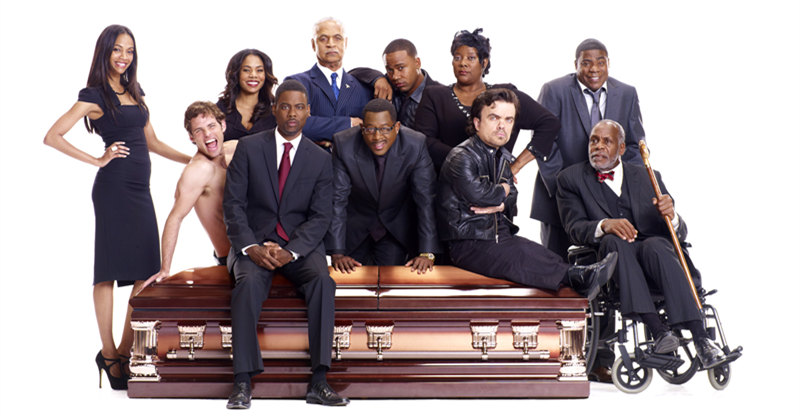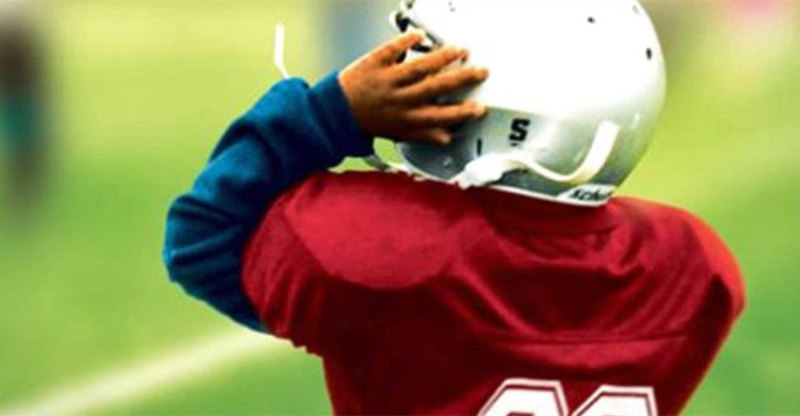In 2004, Universal Pictures and Mattel made the first Barbie film to feature original music, and “Barbie as The Princess & the Pauper” did well as direct-to-video installment in the popular animated series.
With “Barbie: The Princess & the Popstar,” the producers take Mark Twain’s tale of a young prince swapping places with a commoner and tweak it even more for contemporary kids, who probably don’t even know what a pauper is anymore. Certainly today’s young girls can identify more with wanting to be a princess or a rock star.
“Barbie: The Princess & the Popstar” is the 23rd film in the Barbie franchise, and once again it features the voice of Kelly Sheridan as Barbie—this time as Princess Victoria (aka “Tori”) of Meribella, a mythical kingdom where an overbearing (and overly clichéd) aunt named Duchess Amelia is always on her case about fulfilling her princess responsibilities. Oh, to have the freedom of a popstar, she thinks, wishing she could be like the young woman whose poster she displays on her royal bedroom wall. Keira (Ashley Ball), meanwhile, has the fame and the fans, but also feels constrained. She’d like to write the kind of songs that fit her personal style—not the pop icon image—but a hectic performance schedule keeps her from finding the time or the inspiration. Oh, to have a life of leisure, like the princess she reads about in the newspapers.
Coincidentally (at least as far as young viewers are concerned), Keira is scheduled to perform a concert in Meribella, and is requested to pose with the princess for a photo op. That’s where the two talk about their lives and get the idea to trade places for a short while, until the big concert . . . though, of course, events keep them from switching back in time.
Some parents may disagree, but I think the animation in this series has come a long way since the first full-length feature movie, “Barbie in The Nutcracker” debuted in 2001. The intent always seems to have been to create an animated version of a “human” who still looked remarkably like the Barbie dolls that girls played with. Early CGI Barbies looked disconnected from the backgrounds, more pasty and more doll-like than human, and while Tori isn’t going to pass for anyone you’ll meet on the streets, her movements are more fluid and her features are closer to a human than her early counterparts. When Keira gets rocking onstage with her Keirettes (or whatever her backup dancers/singers are called), the improvements are especially evident—though things can get a little cheesy.
As with other Barbie movies, each of the girls has a pet: Tori, what appears to be a King Charles Cavalier Spaniel named Vanessa, and Keira a pug-mix named Riff. And to connect with the target audience, there are little girls as well—Tori’s younger sisters, Princess Meredith and Princess Trevi. Tori would rather make mischief with them than anything else. They’re her release, and the way the plot is structured, they also teach Keira how to mellow out and look at things from a young girl’s perspective once more.
The villainy comes via Keira’s manager, whose self-interest extends to stealing a diamond bush in a secret royal garden that he happens to glimpse when Tori breaks all rules by showing it to her new BFF.
I’m not sure why (or how—it’s never justified) Tori has a magic brush that she uses mostly for mischief, or that Keira has a magic microphone that can also transform things (“So that’s how you did all those quick changes!”), or why they would need those magic devices to swap places. But that’s part of the gimmick.
One song—“To Be a Princess”—is reprised from “Barbie as The Princess & the Pauper,” but the rest of the songs are original . . . or original mash-ups: “Here I Am / Princesses Just Want to Have Fun,” “I Wish I Had Her Life,” “Perfect Day,” “Look How We Can Fly,” “Here I Am (Tori Version),” “Here I Am (Keira Version),” and a “Princess & Popstar Finale Medley and reprise of “Princesses Just Want to Have Fu.” The songs are just right for the target age group—which I’d mark at ages 4 through 10—but don’t expect the boys in your family to go for this. Even if they did like it, they wouldn’t admit it. You have to be really cool to admit to watching Barbie movies if you’re a guy. Fonzie could get away with it. Brian Urlacher could get away with it. But not a little boy.
Parents who are asked to watch with their little girls will find “Barbie: The Princess & the Popstar” better than the first Prince and the Pauper adaptation, which seemed overly complicated and strained to insert a villain into the mix. Everything flows more naturally in this film, helped by solid music and improved animation. And with little girls fantasizing about being a princess or a rock star, can you really go wrong when you include both in the same film? This one’s a hit, given the target audience.
Video:
“Barbie: The Princess & the Popstar” is presented in 1.78:1 anamorphic widescreen, transferred to a dual layer disc. The colors are intense, and the level of detail is quite good for standard definition. No little fan will have a complaint about the way it looks, and neither will parents, for that matter. Even on a big television it looks superb.
Audio:
The audio is an English Dolby Digital 5.1, with additional options in English, Spanish, and French Dolby Digital 2.0 and subtitles in English SDH. The 5.1 drives the songs nicely, and rear speakers get involved more than you’d expect for a direct-to-video offering. A separate Spanish-language DVD is also being sold.
Extras:
There are contrived “outtakes” that are meant to sustain the illusion, plus a music video and two Webisodes: “Life in the Dreamhouse” (Barbie) and “Polly Pocket.”
Bottom line:
I’ve seen just about every Barbie movie (take that, Brian Urlacher!), and of the musicals sans fairies “The Princess & the Popstar” is one of the best. I’m sure some parents will complain that Universal and Mattel are just recycling ideas again, but this movie is an improvement over “The Princess and the Pauper.” Why moan when a company realizes they can make something better, and more relevant?


